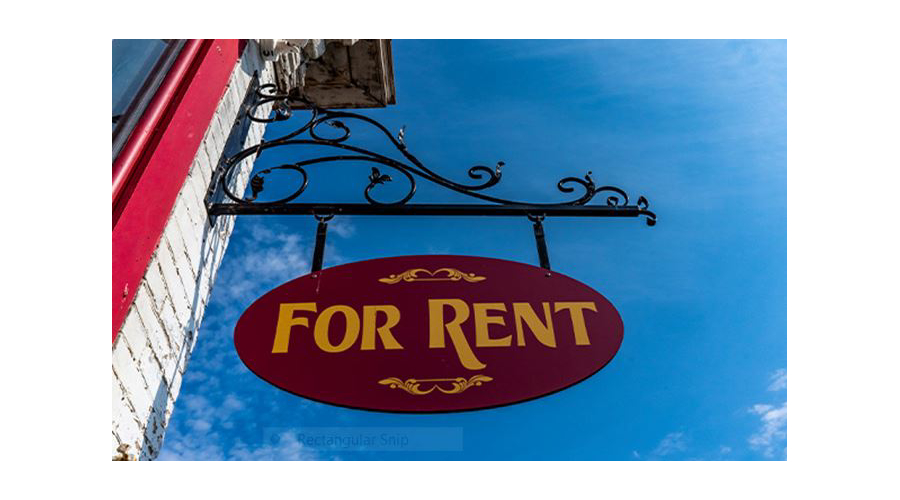2 February 2023
The following article related to the rent assistance crisis existing in Australia today was published by Pro Bono News this week, and I quote.
Quote
“Almost half of low income households receiving Commonwealth Rent Assistance (CRA) are still experiencing rental stress, according to new data from the Productivity Commission.
The data reveals that for the year ending June 2022, 43.9 per cent of low income households renting in the private sector and receiving CRA still experienced rental stress
That number would have been higher if it weren’t for CRA, the data reveals; 71.9 per cent of low income CRA recipient households in the private sector would have experienced rental stress if it weren’t for the payments.
This compares with the year 2019-20, when 52.5 per cent of low income households renting in the private sector were defined as being in rental stress.
The horrific figures in the report shed new light on the housing crisis engulfing Australia, and have reignited calls from the sector to reform CRA.
“The housing stock simply isn’t there”
“Securing an affordable rental has become a near-impossible feat, right across the country,” said Mission Australia executive of practice, evidence and impact, Marion Bennett.
“It’s worrying that so many people and families across Australia are enduring escalating cost-of-living pressures and skyrocketing rental stress at a time when there’s scarce availability of affordable homes to rent. It’s increasing the risk of homelessness for many people – some for the first time in their lives.”
The Productivity Commission’s data also reveals the pressure that homelessness services are facing.
The number of people identified as needing accommodation whose need was not met has increased, from 32.3 per cent in 2020-21 to 33.9 per cent in 2021-22.
“Mission Australia’s homelessness support workers, and others like ours, are finding it increasingly impossible to help vulnerable families and individuals find safe accommodation – because the housing stock simply isn’t there,” Bennett said.
She added that the rental market is “at absolute breaking point”, with even people in paid employment unable to find stable and affordable housing.
Reforming rent assistance
In 2020-21, the federal government spent $5.3 billion on CRA in real terms. It’s the most common form of housing assistance in Australia.
But despite calls to increase CRA last year, in September the government ruled out an increase to the payments.
However, in last October’s budget, Treasurer Jim Chalmers pledged millions of dollars for the development of a new 10-year National Housing and Homelessness Plan.
With another budget on the horizon in May, Bennett said the government “must lead the way”.
“Recently, the Prime Minister said, ‘extraordinary times call for extraordinary measures’ when announcing intervention in the domestic coal and gas markets to tackle soaring cost-of-living with energy bills,” she said.
“I call on our Prime Minister to maintain that sense of urgency and boldness with the cost-of-living pressures around housing when developing the National Housing and Homelessness Plan and negotiating the next housing and homelessness funding agreement with the States and Territories.
“It’s clear we need far more long-term investment in social and affordable homes than existing commitments will generate – so that once and for all we can address the social and affordable home shortfall, long waiting lists and the resulting homelessness crisis.”
Anglicare Australia is also calling for reform of CRA. In a paper called ‘Reforming Rent Assistance’, released at the same time as the Productivity Commission’s latest data, the organisation says there are “serious issues with the design” of CRA.
The organisation is urging the government to immediately increase the payments to keep up with soaring rents, and reform it to allow more people on low incomes to access the payment.
The paper also calls for CRA to be indexed to rental prices instead of CPI.
Anglicare Australia executive director Kasy Chambers also called for a boost to social housing, explaining that an increase to CRA on its own would not solve the rental crisis.
“When this payment was introduced, it was supposed to save money on social housing. That approach has failed. Numbers out today show that the Federal Government spends three times as much on Commonwealth Rent Assistance than on social housing and homelessness programs combined,” she said.
“We need a big boost to social housing. Our shortfall is massive. We need 500,000 new social and affordable rentals across Australia. Investing in social housing is the most powerful way to make housing more affordable.
“If we don’t end the shortfall, the crisis will keep getting worse and the bill for rent assistance will keep ballooning. It’s time to take real action and end this crisis for good.”
Housing benefits
The Productivity Commission’s data also reveals the benefits of meeting people’s housing needs.
Data included from the National Social Housing Survey found that social housing tenants felt “more settled” and “more able to cope with life events”, were in better health, felt connected to their community and felt “more able to start or continue education/training”, among other benefits.
Overall, the majority of social housing tenants surveyed reported that living in social housing led to wellbeing, social connection and economic participation opportunities.
Bennett, from Mission Australia, said this confirmed the importance of providing “an affordable, safe and secure home.”
End of quote.
Yours sincerely
Frank Short



